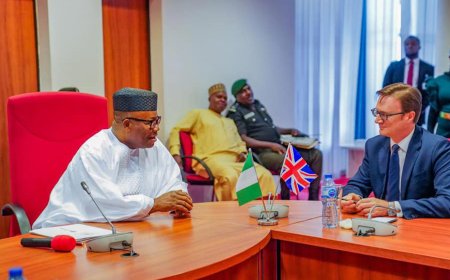All
AGENDA 1: Strengthening Good Governance
AGENDA 2: Improving National Security
AGENDA 3: Law Reform
AGENDA 4: Economic Growth and Development
AGENDA 5: Social Reform and Development
AGENDA 6: Inclusion and Open Paliament
AGENDA 7: Influencing and Directing Foriegn Policy
AGENDA 8: Climate Change and Environmental Sustainability
- SENATE AGENDA
-
House of Representatives Agenda
- All
- AGENDA 1: Strengthening Good Governance
- AGENDA 2: Improving National Security
- AGENDA 3: Law Reform
- AGENDA 4: Economic Growth and Development
- AGENDA 5: Social Reform and Development
- AGENDA 6: Inclusion and Open Paliament
- AGENDA 7: Influencing and Directing Foriegn Policy
- AGENDA 8: Climate Change and Environmental Sustainability
- Contact


































Comments